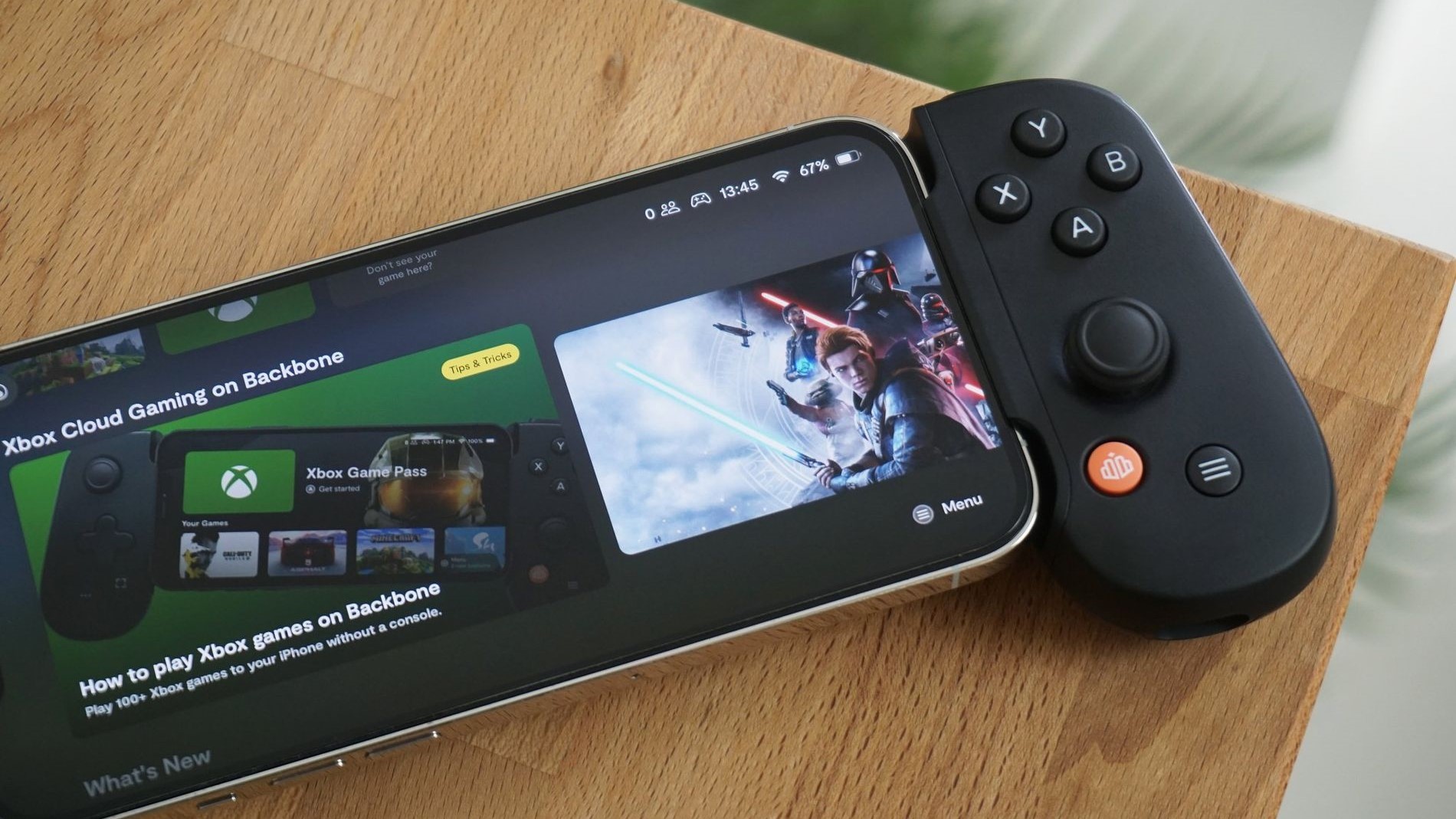Razer's Project Brooklyn is a wild gaming chair concept perfect for 'The Expanse'
With a 60" full surround OLED display and HyperSense feedback, Razer's concept gaming chair is pure bonkers. And we love it.
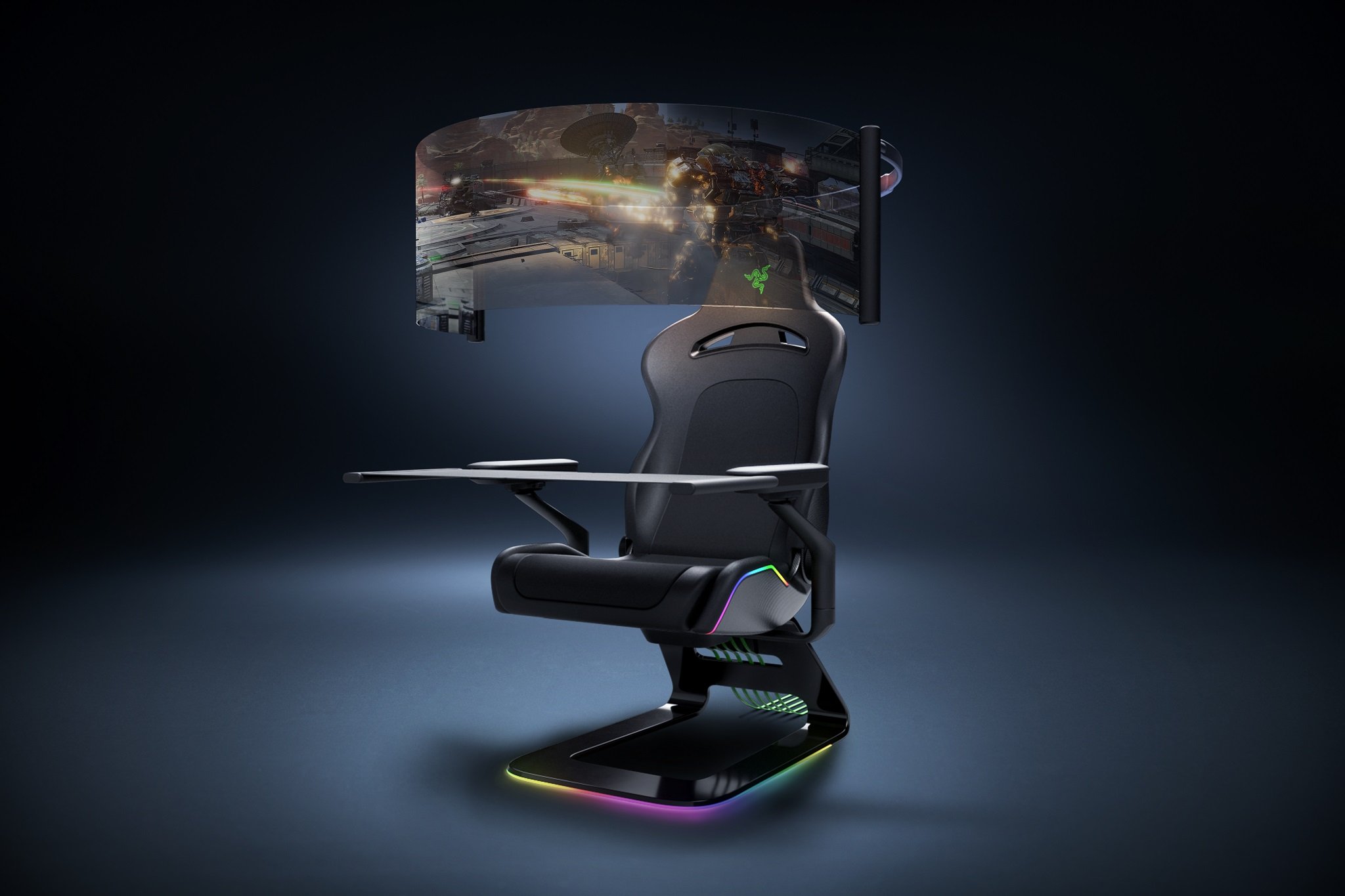
What you need to know
- Razer's 'Project Brooklyn' is a concept gaming chair.
- It features a fully deployable 180-degree 60" OLED display with force feedback.
- Razer will use the concept to develop future consumer and professional products.
One of the most fun things at CES is when Razer shares its concept devices. These aren't real products – yet – but rather bold concepts that the company's engineers are kicking around. With ample feedback, they could be products someday.
In my recent review of Razer's first gaming chair – the Iskur – I remarked that although it lacked Chroma RGB, "something tells me the company may have plans for that someday."
That plan is for 'Project Brooklyn,' but it is also way more than just adding lights. Think full immersion with audio, cabling, and a 60-inch 180-degree curved (and deployable) OLED display. It's an evolution of Razer's Eracing Simulator revealed last year at CES.
The idea is simple: imagine a gaming chair that looks normal but could also deploy an OLED gaming display from the rear when needed. Toss in some force-feedback (Razer HyperSense), already found in its Nari Ultimate headphones, 4D armrests, the same cable management system from the Razer Raptor 27 and you have the most ambitious gaming chair imagined.
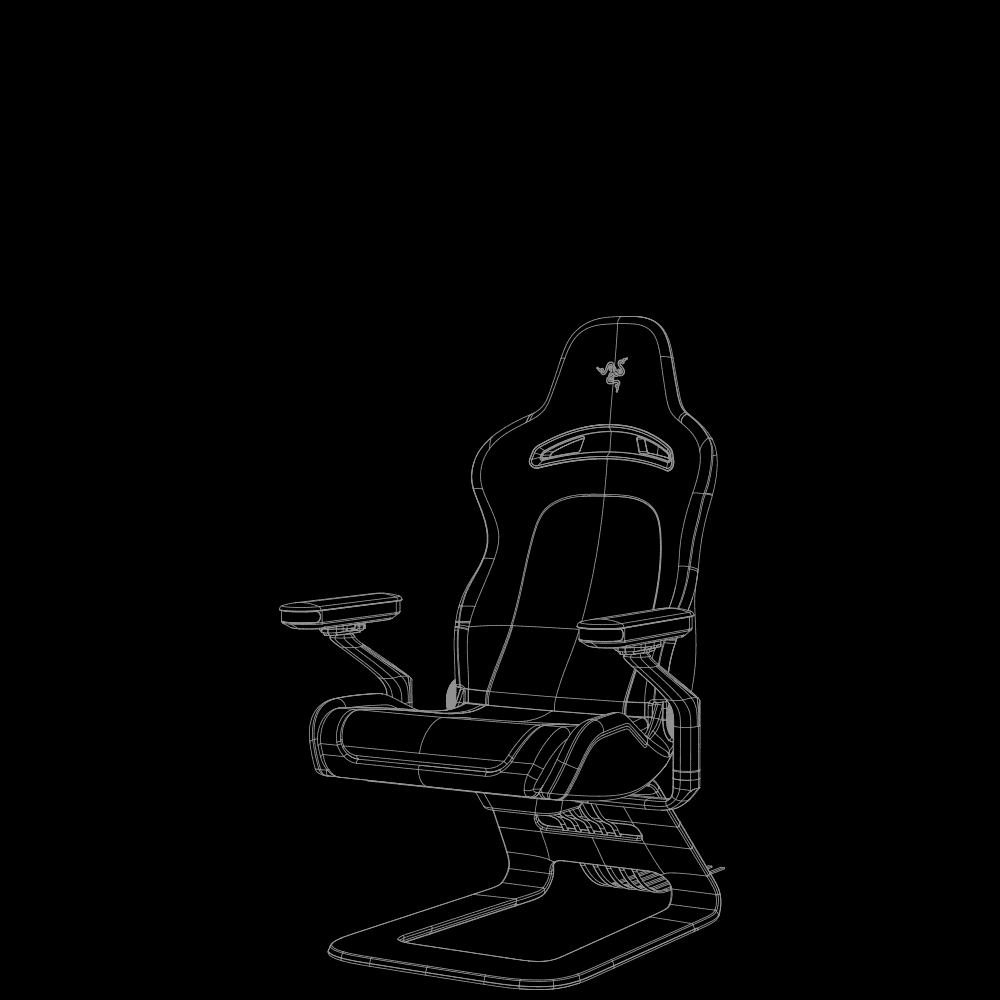
From the press release:
With design inspiration from the Razer Iskur introduced in October 2020, Project Brooklyn takes leaps forward in user touchpoints, connecting the gaming chair to the display and its more functional components like armrests while still delivering on comfort from plush, high-density foam cushions that support your unique body shape. The leather-stitched seatback is constructed in a robust carbon fiber body to maintain perfect posture throughout gaming marathons.The adjustable platform on which the chair sits is complete with cable-routing and takes design cues from the Razer Raptor monitor. Mounted from the chair's backbone and deployable with the touch of a button is a 60" full surround OLED display for stunning visual detail. Folding into the chair back when not in use, the roll-out display assembly plunges you into the center of the action with crisp detail and a savory panoramic experience.The fully transformable 4D armrests neatly tuck away collapsible tables with flexible ergonomics, allowing you to switch easily between PC gaming with a mouse and keyboard and console gaming. There are separate panels in each armrest, allowing for different keyboard and mouse ergonomics, and each half folds away when not in use.
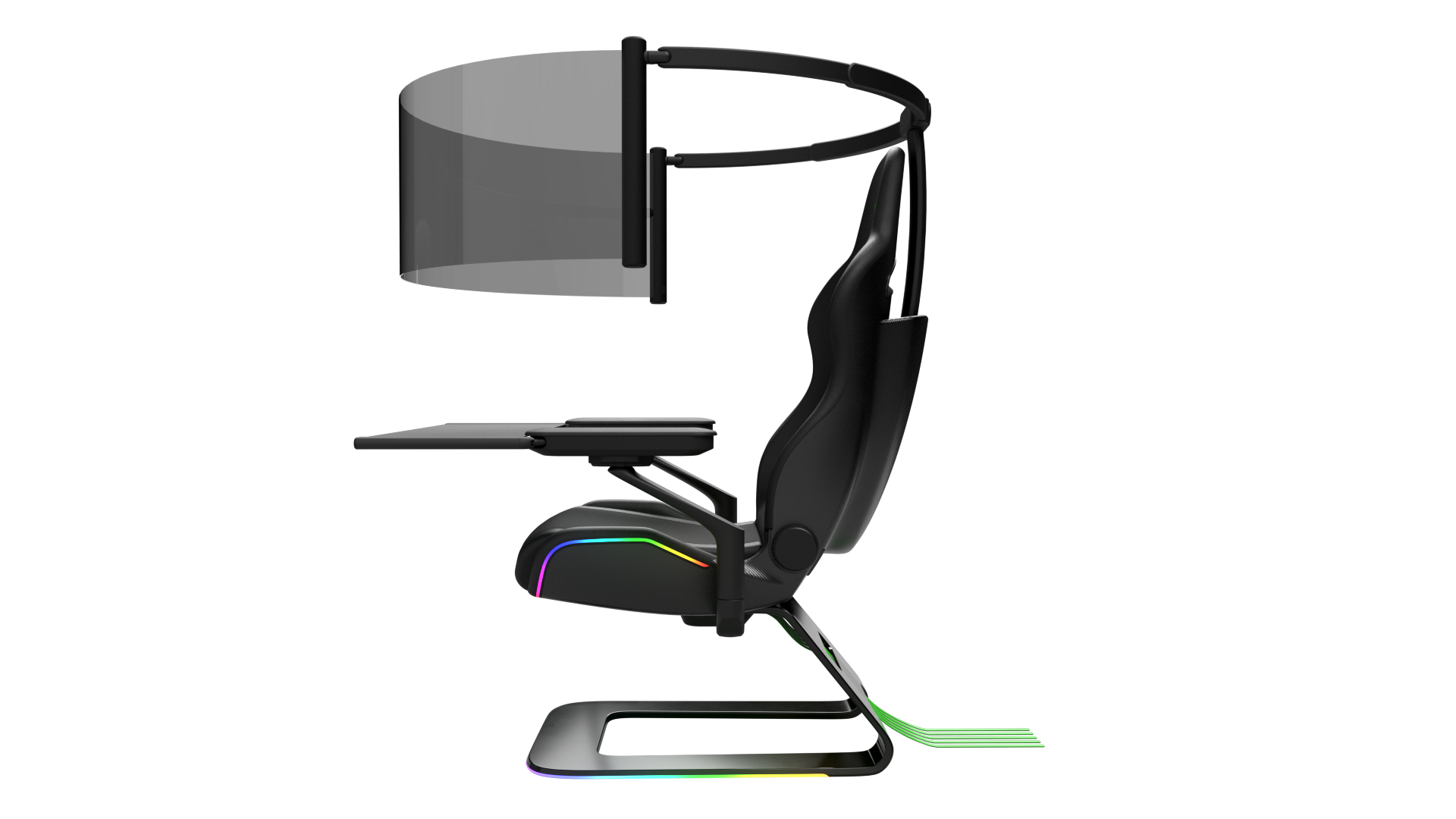
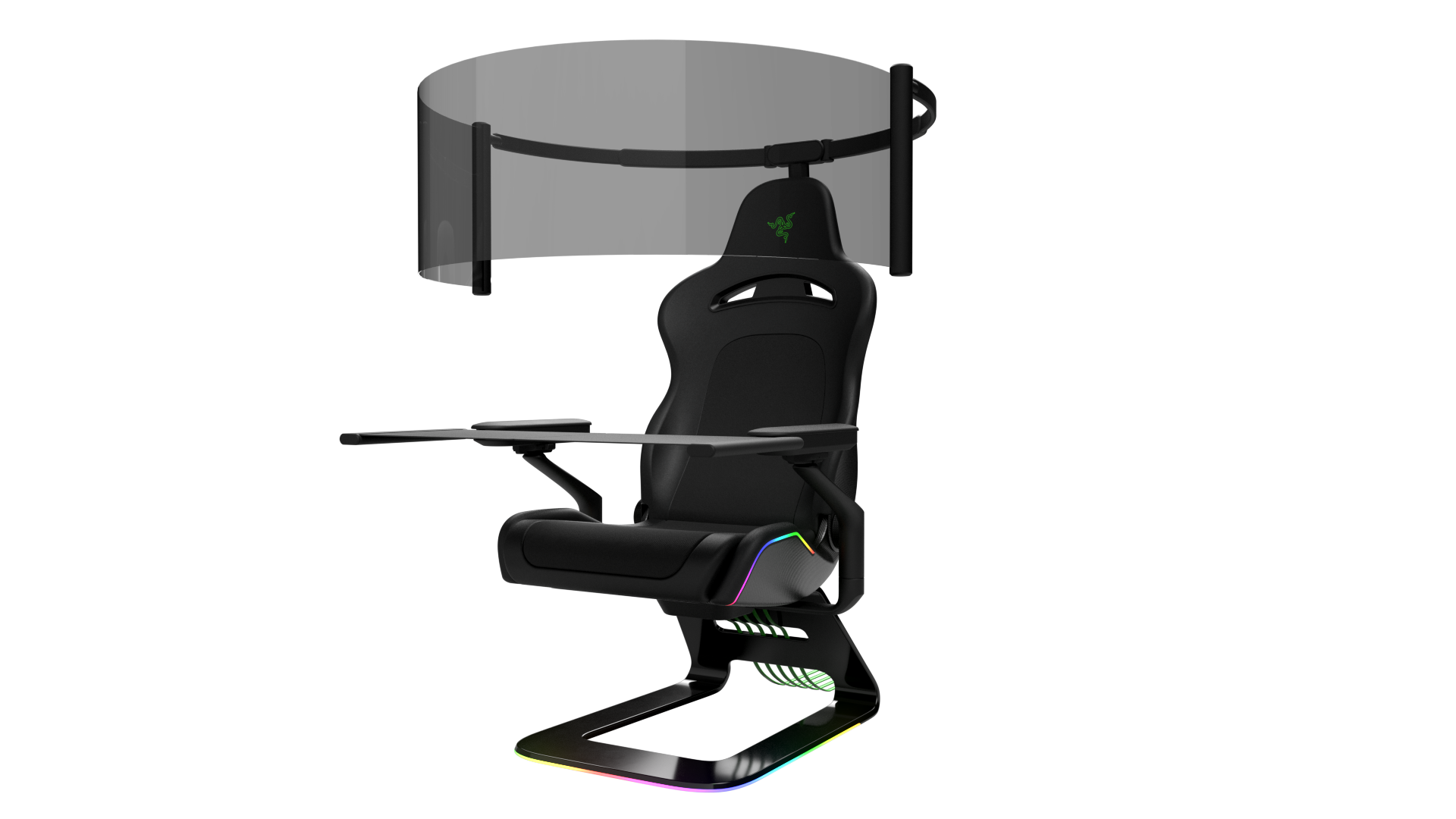
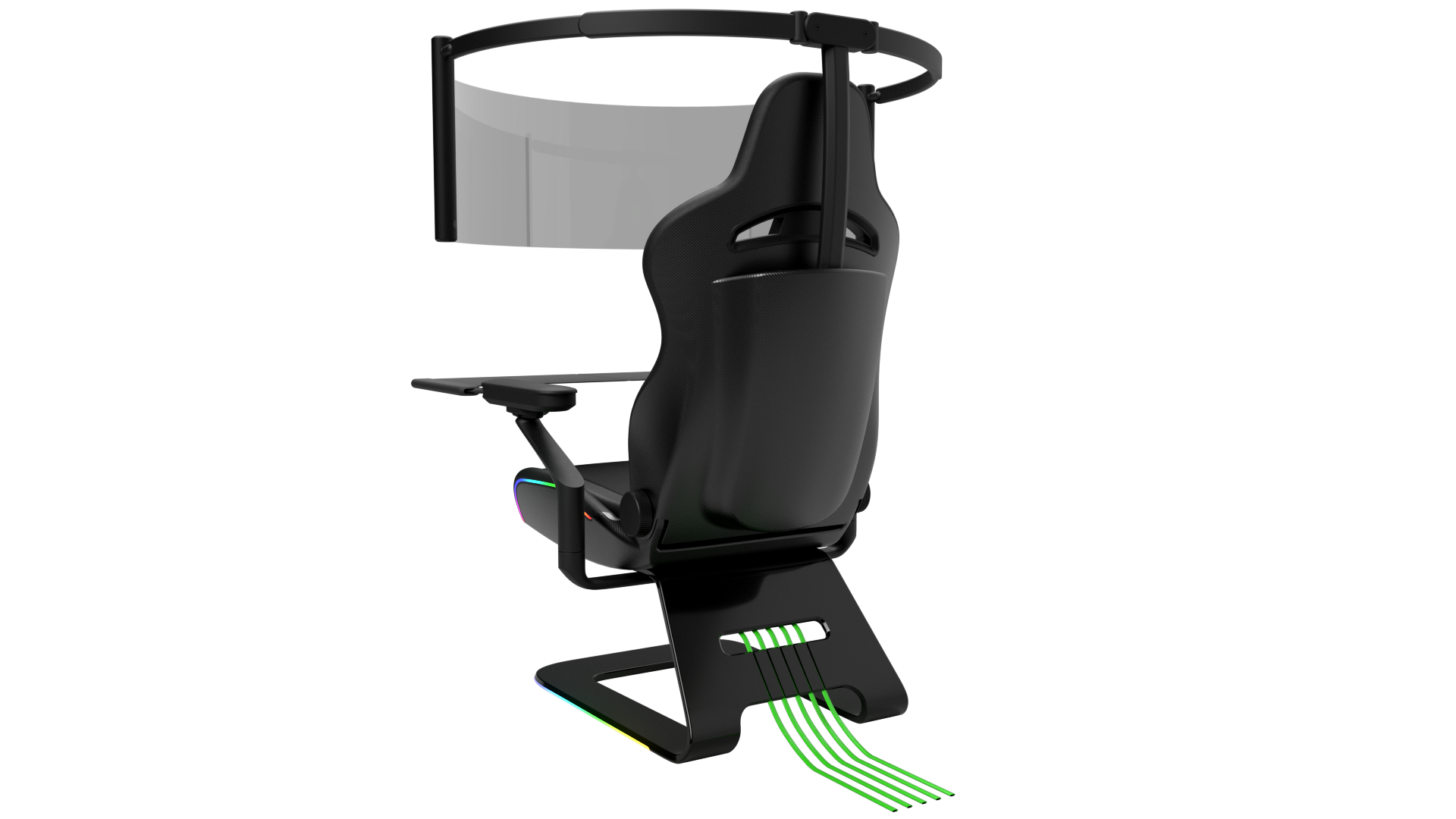
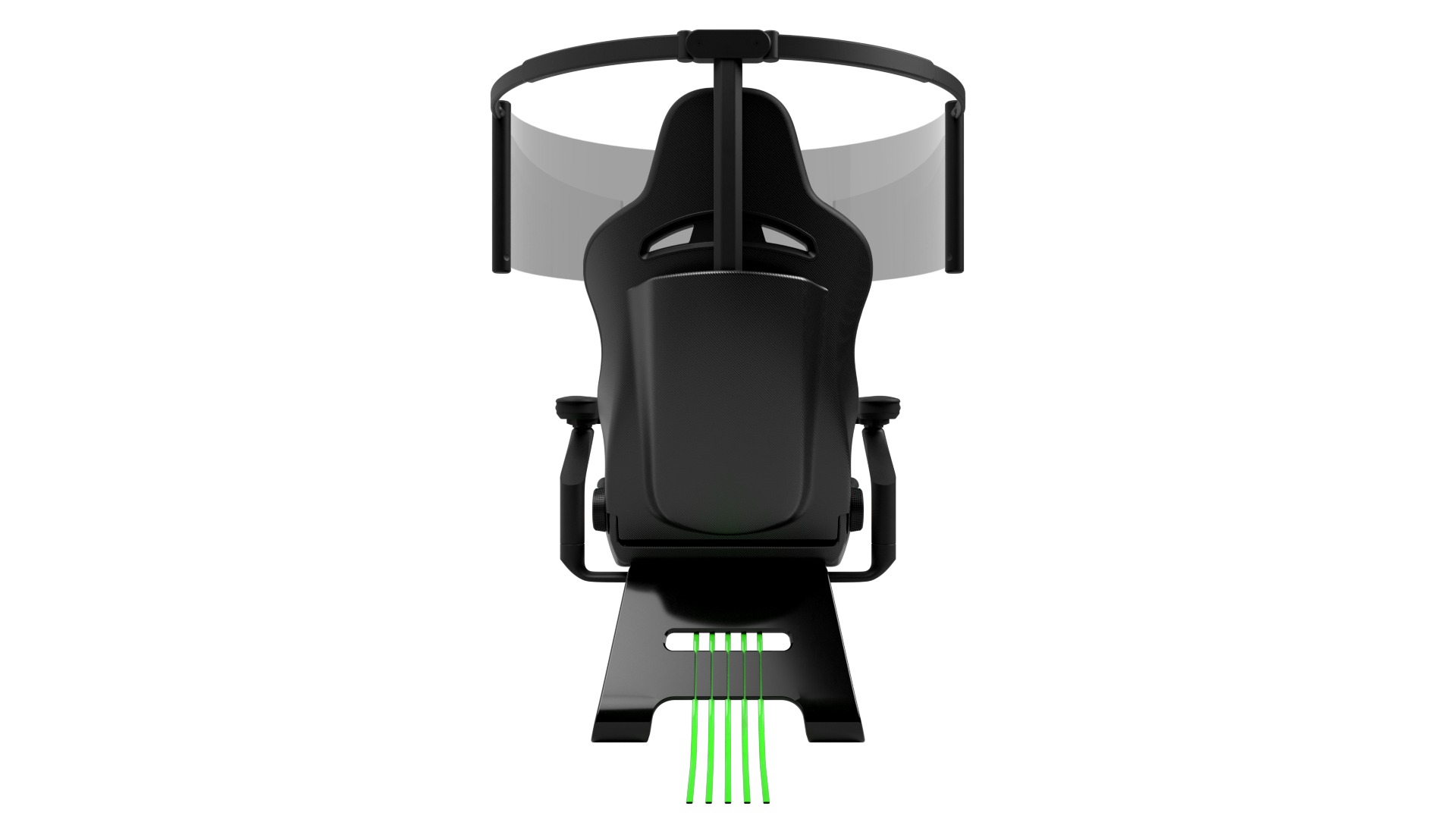
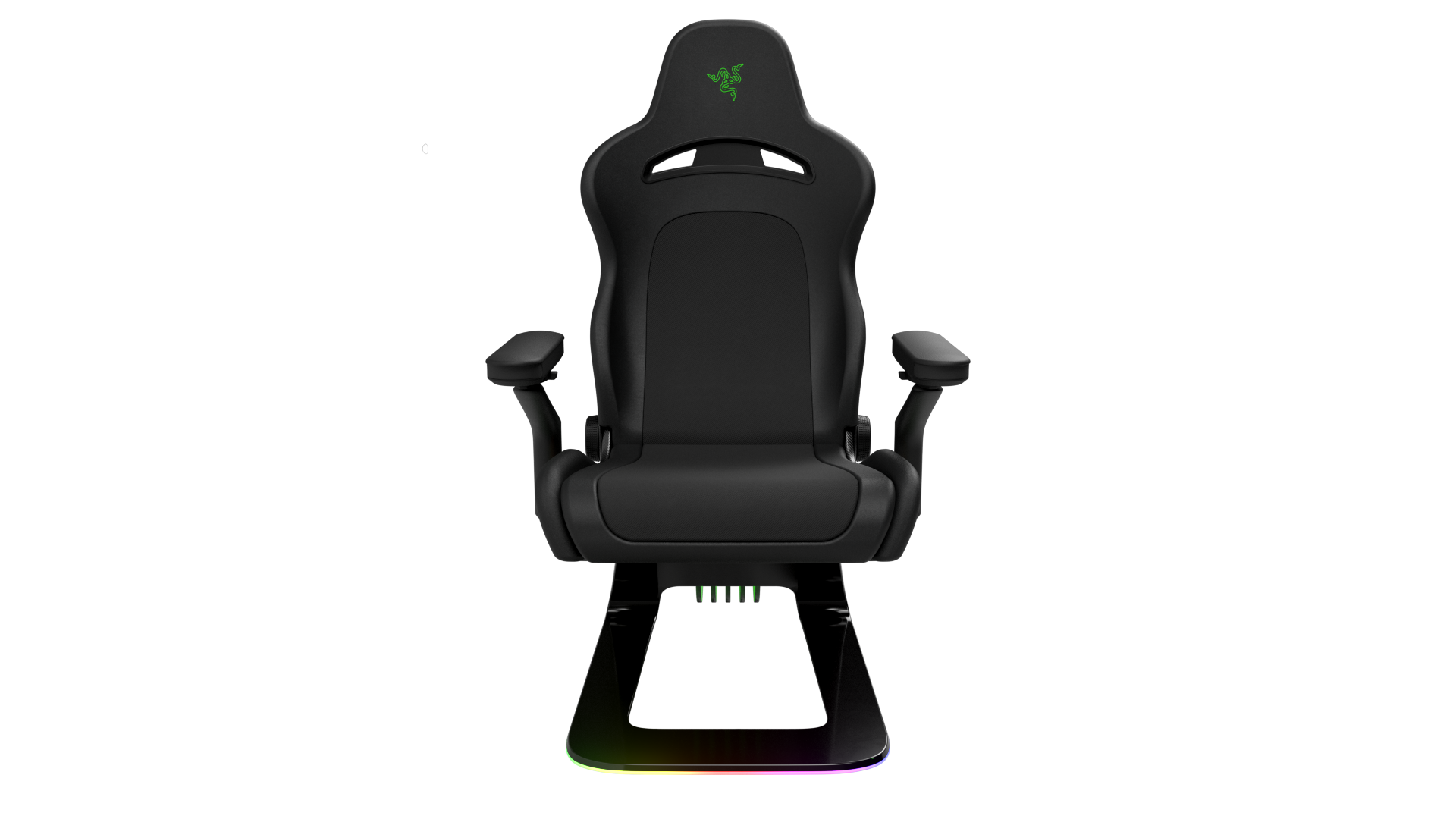
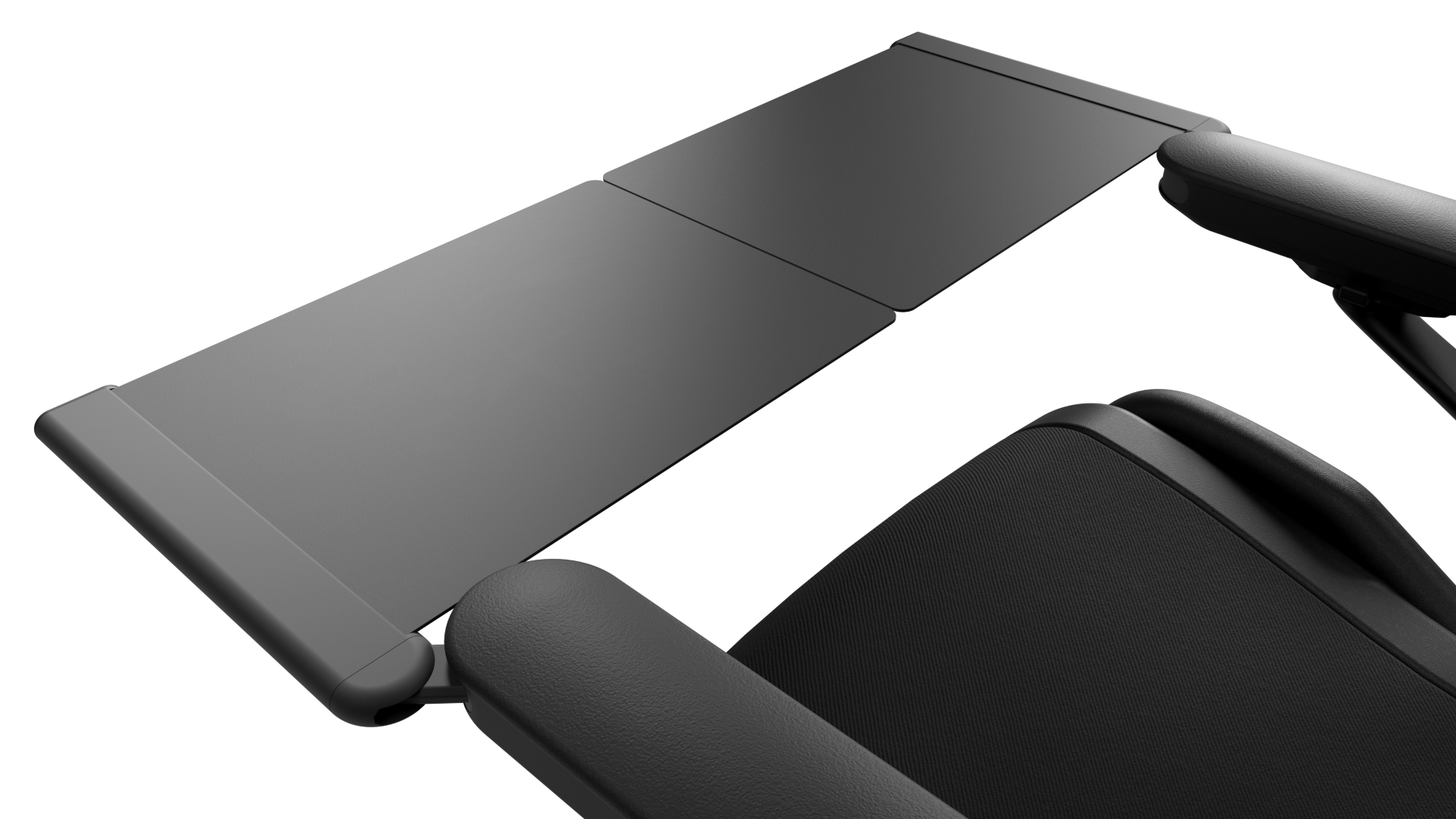
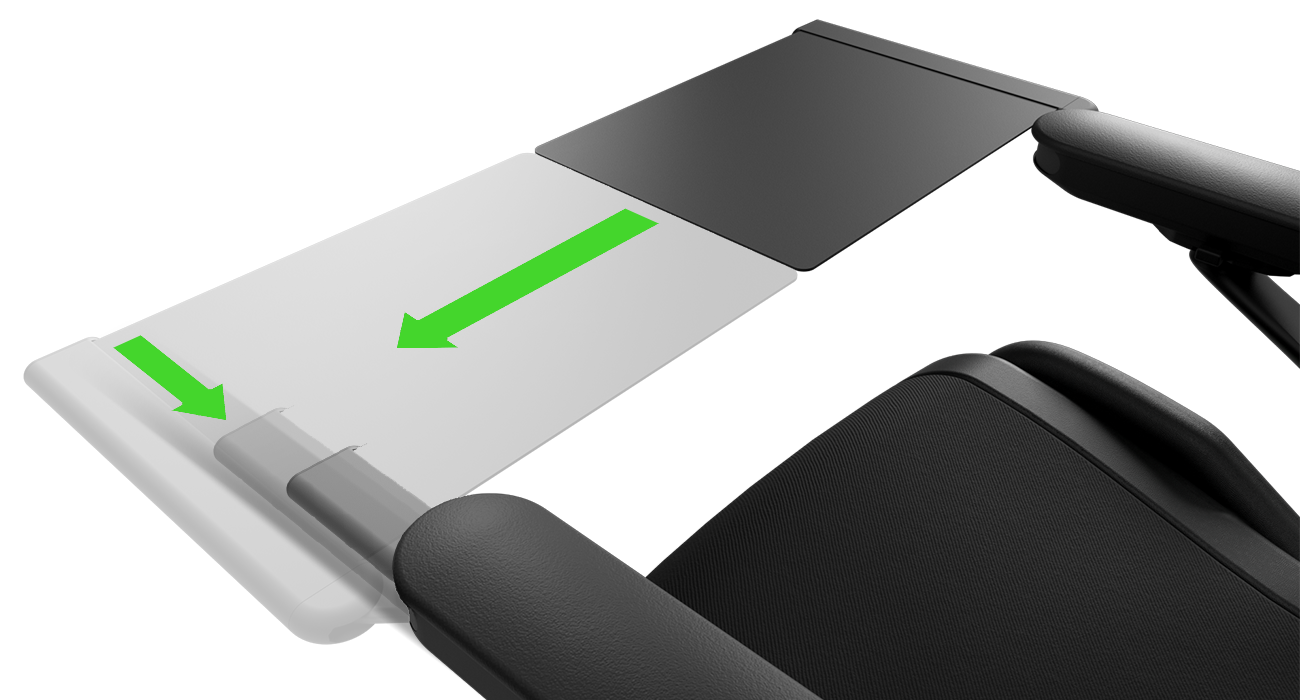
Of course, there is no ETA on when such a chair would ship, nor how Razer could keep the price low enough so actual consumers could buy it. That does not mean we won't see some of it in action, nor some of its effects in future products:
Razer will continue to develop this gaming chair concept, conducting testing with top esports athletes and influencers to benchmark feasibility, comfort, and performance. The Project Brooklyn concept is intended to offer insights into improving user mechanics and design to deliver a more immersive gameplay experience and inspire Razer's growing portfolio of gaming chairs soon.
The idea of Project Brooklyn is enticing. It seems like a device out of the hit sci-fi show 'The Expanse' and certainly more manageable than the $30,000 Predator Thronos.
All the latest news, reviews, and guides for Windows and Xbox diehards.
Hopefully, we'll all live long enough to see it someday.

Daniel Rubino is the Editor-in-chief of Windows Central. He is also the head reviewer, podcast co-host, and analyst. He has been covering Microsoft since 2007 when this site was called WMExperts (and later Windows Phone Central). His interests include Windows, laptops, next-gen computing, and wearable tech. He has reviewed laptops for over 10 years and is particularly fond of 2-in-1 convertibles, Arm64 processors, new form factors, and thin-and-light PCs. Before all this tech stuff, he worked on a Ph.D. in linguistics, performed polysomnographs in NYC, and was a motion-picture operator for 17 years.
